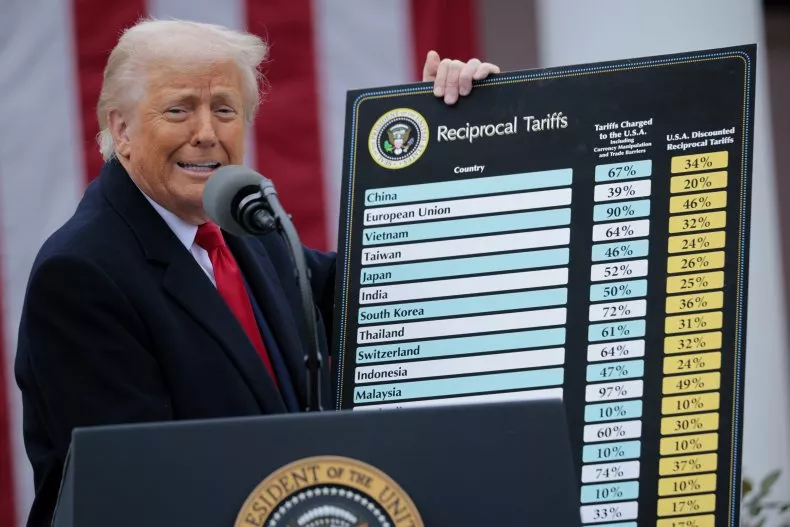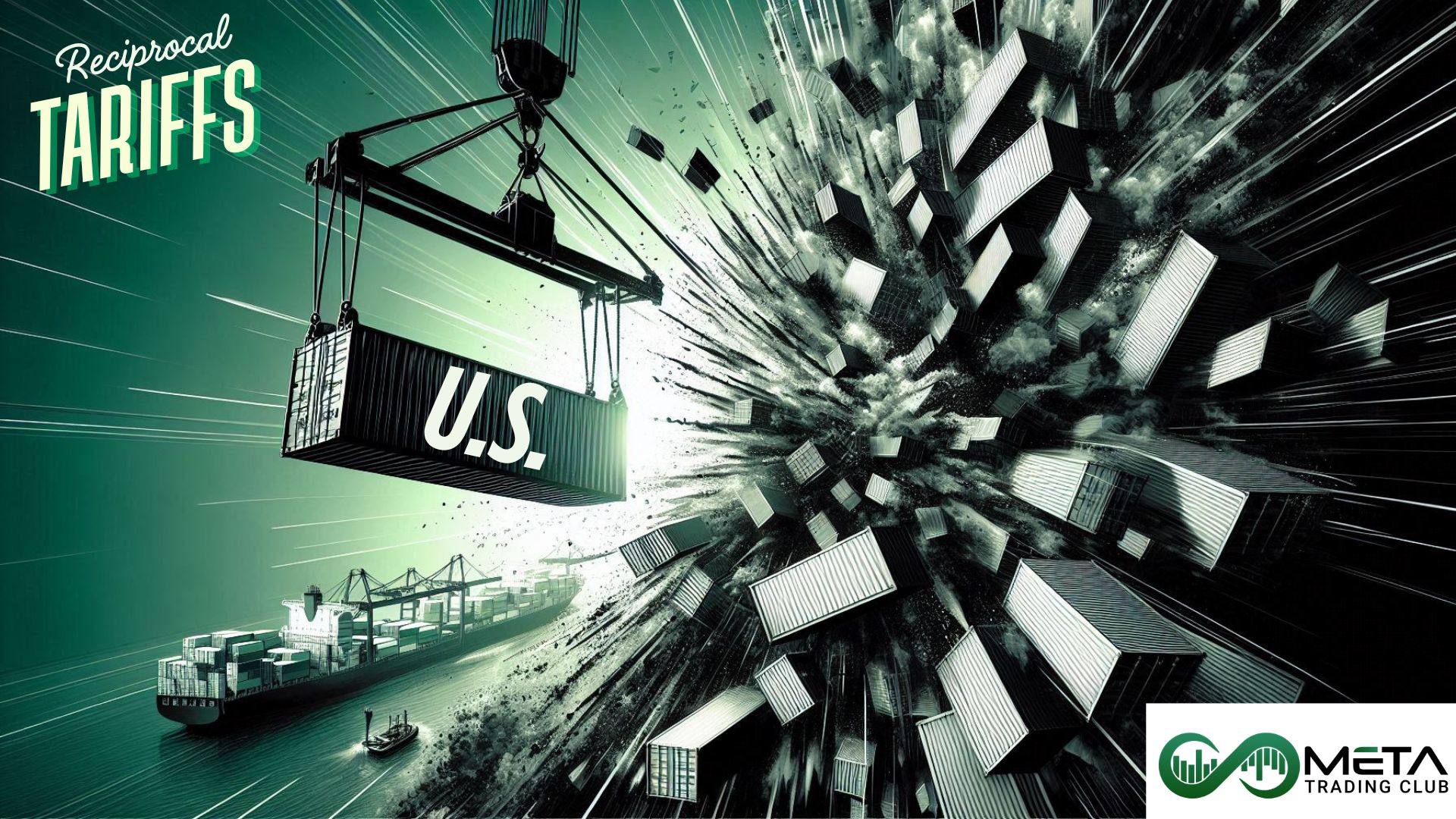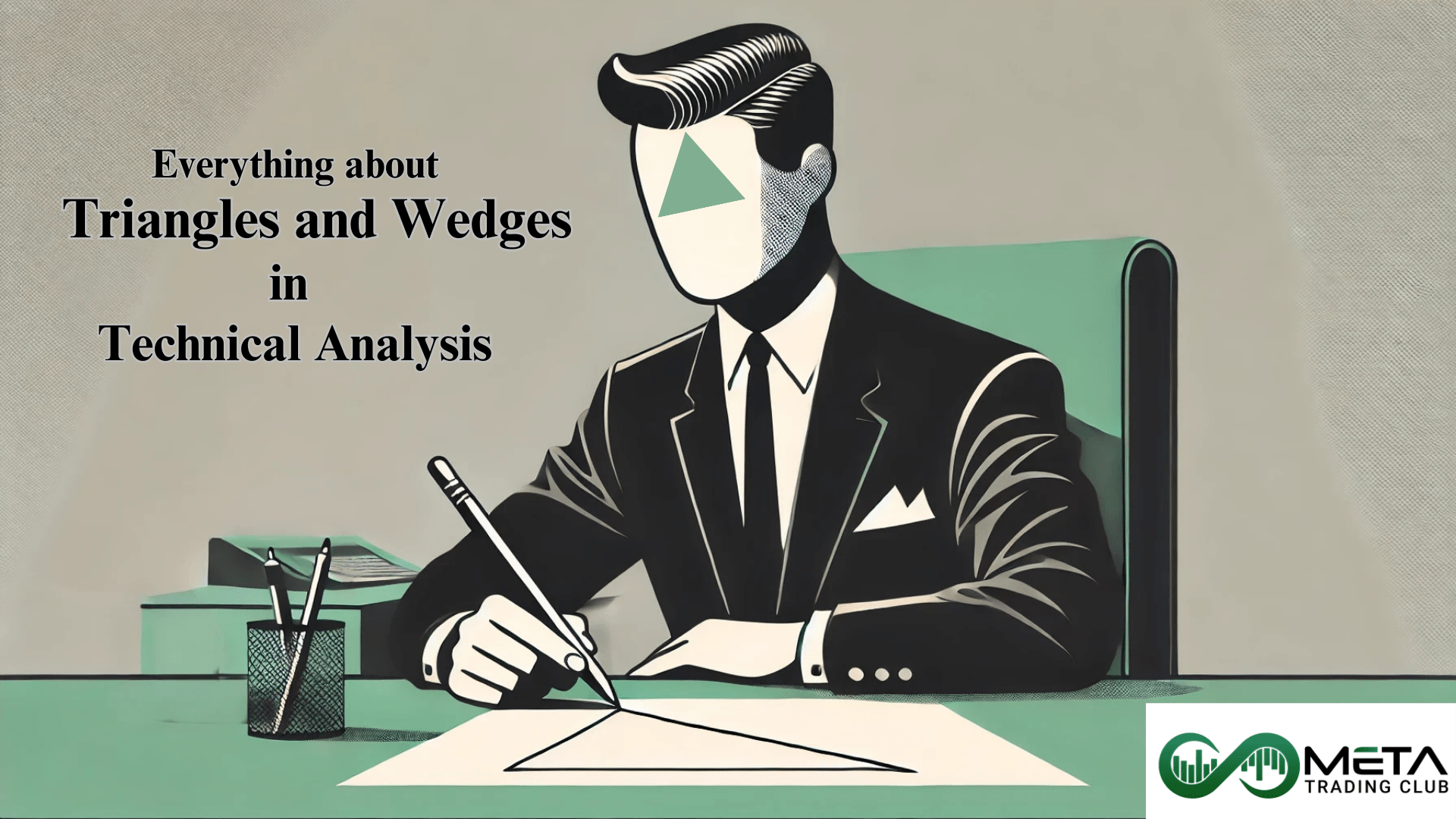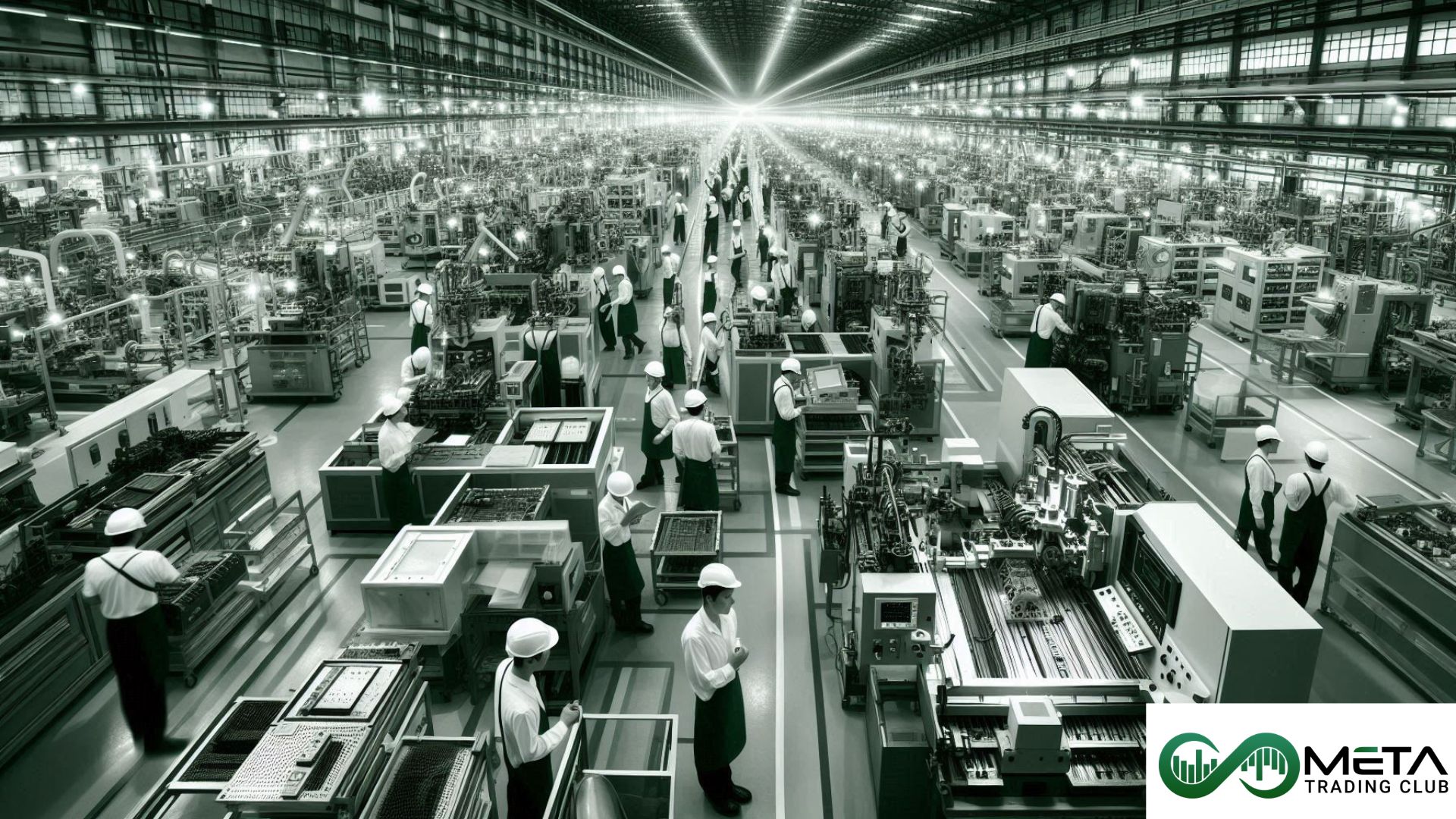On April 2, 2025, former President Donald Trump announced sweeping reciprocal tariffs, dubbing the day “Liberation Day.” These tariffs aim to match the import duties placed on U.S. goods by other nations, targeting trade imbalances. A baseline 10% tariff was imposed on all imports, with higher rates for countries contributing significantly to the U.S. trade deficit. For instance, China faces a 34% tariff, while the European Union faces 20%.
These tariffs target 180 countries, including U.S. allies. Russia is excluded due to existing sanctions from the Ukraine war, which have already halted trade between the two nations. Ukraine, however, will face a 10% retaliatory tariff, along with several other former Soviet republics. The announcement reflects Trump’s stance on reshaping global trade dynamics.
President Trump’s Tariff Announcement
For the first time in decades, the United States is making a major change in trade policy. President Donald J. Trump has announced reciprocal tariffs to create fairer competition for American workers and businesses. This bold move shows the administration’s focus on fair trade and boosting the economy.
White House announced that studies have shown that tariffs can be effective for economic and strategic goals. During Trump’s first term, tariffs had a positive impact, according to multiple analyses.
A 2024 study found that Trump’s first-term tariffs strengthened the U.S. economy and brought manufacturing and steel production back to the U.S. Similarly, a 2023 report by the U.S. International Trade Commission showed that tariffs on over $300 billions of imports reduced reliance on Chinese goods, increased U.S. production, and had little effect on prices.
The Economic Policy Institute noted that Trump-era tariffs didn’t cause inflation and only briefly affected prices. After the 2018 tariffs, U.S. steel production, jobs, and investments improved significantly. Steel companies announced over $15.7 billion in new or upgraded facilities, creating thousands of jobs.
The Atlantic Council highlighted that tariff encouraged Americans to buy U.S.-made products. Even former Treasury Secretary Janet Yellen said tariffs wouldn’t lead to noticeable price increases for consumers.
A 2024 analysis predicted that a global 10% tariff could grow the U.S. economy by $728 billion, create 2.8 million jobs, and raise household incomes by 5.7%. During Trump’s first term, steel imports dropped by nearly one-third, leading to over $10 billion in investments for new mills and increased domestic production.

Experts and publications like The Hill, S&P Global, and IndustryWeek have praised the lasting benefits of Trump’s tariffs. They’ve strengthened U.S. steel and aluminum industries and encouraged domestic production. As Trump begins this new trade policy, the U.S. is set for economic growth, job creation, and a stronger focus on American-made goods.
Impacts of Announcement on Stock Market
President Trump’s announcement of reciprocal tariffs has had a noticeable impact on the stock market. The SPY which tracks the S&P 500 index, fell by over 3% following the announcement. This decline reflects investor concerns about the potential economic consequences of the tariffs.
The tariffs, designed to level the playing field for American businesses, have introduced uncertainty into the market. Companies heavily reliant on global supply chains, such as tech and automotive firms, are expected to face higher costs. This has led to a shift in investor sentiment, with many moving toward safer assets like bonds and gold.
The long-term effects of President Trump’s reciprocal tariffs could be significant, both domestically and globally. While the tariffs aim to boost domestic production and reduce reliance on imports, their immediate effect on the stock market highlights the challenges of balancing economic growth with trade policy changes.
Tariffs are meant to reduce trade deficits and encourage domestic production, but they might also make imported goods more expensive. This could hurt industries that depend on global supply chains and slow down economic growth.
Other countries might respond with their own tariffs, increasing trade tensions. This could disrupt global supply chains and make international trade more divided. While industries like steel and aluminum might gain from more local investment, others could struggle to stay competitive and innovative due to limited access to global markets.
These tariffs could also change trade relationships, as affected countries look for new markets and build stronger regional trade agreements.













